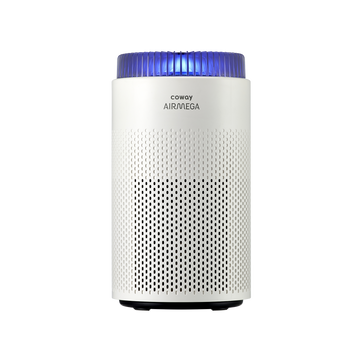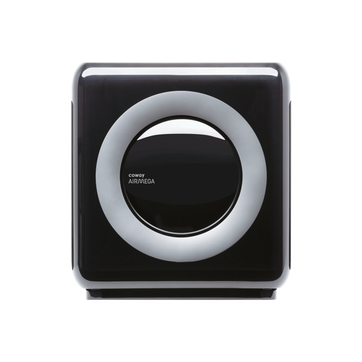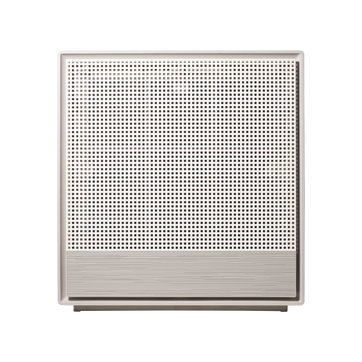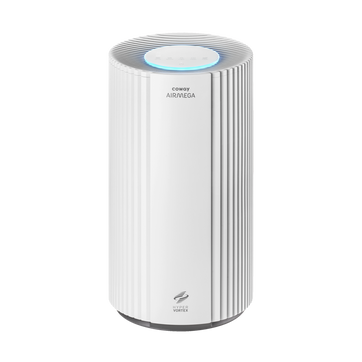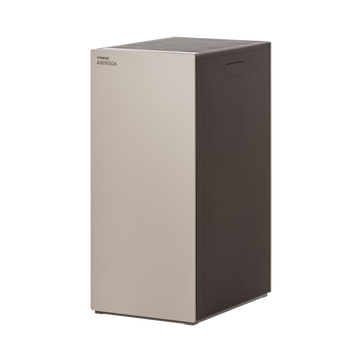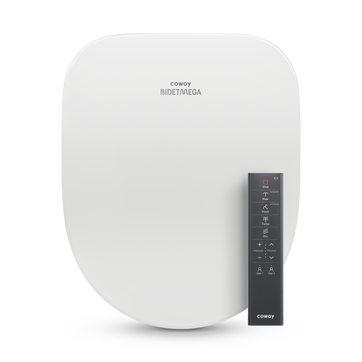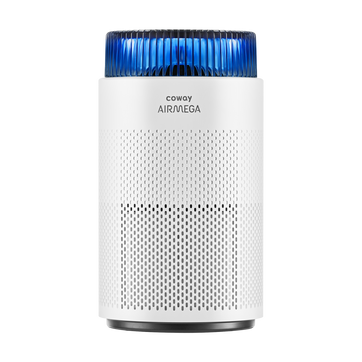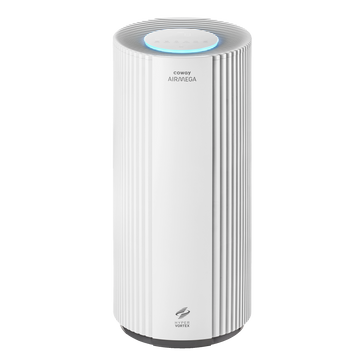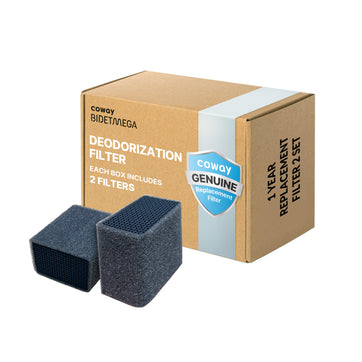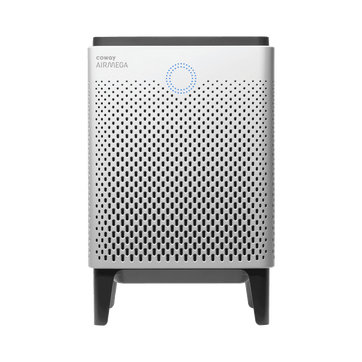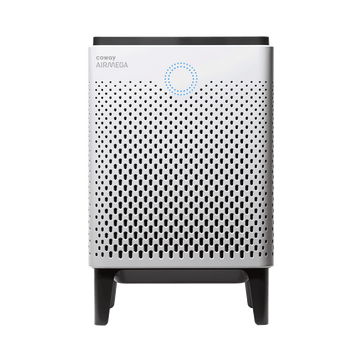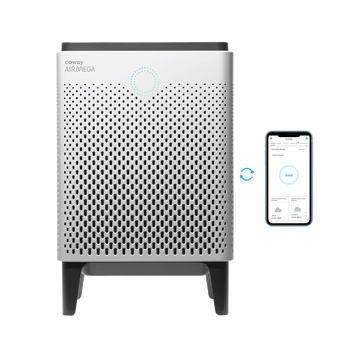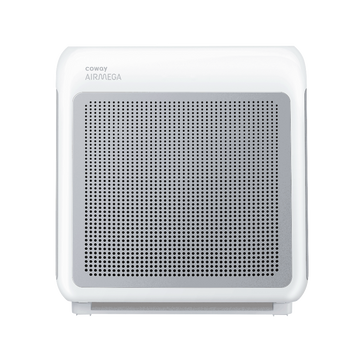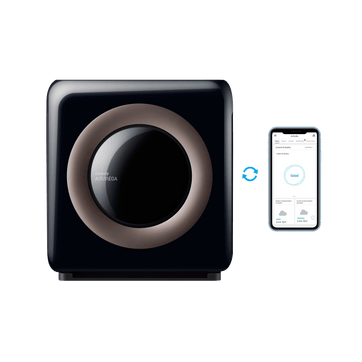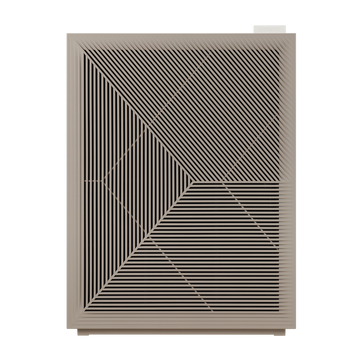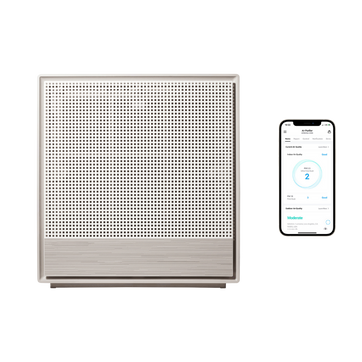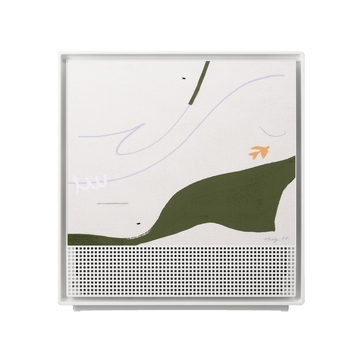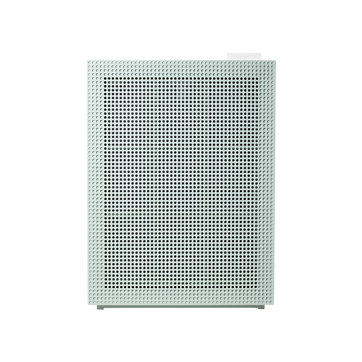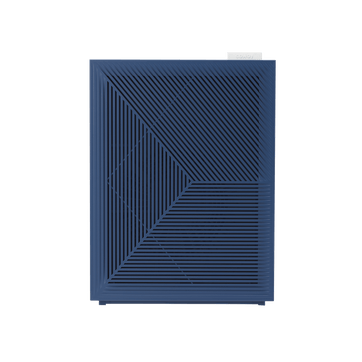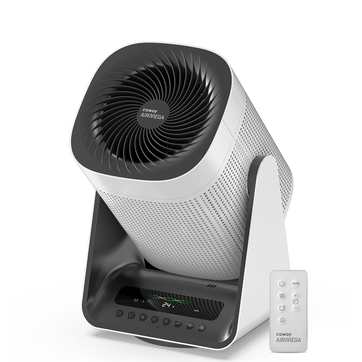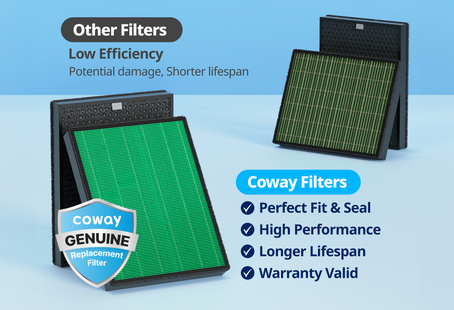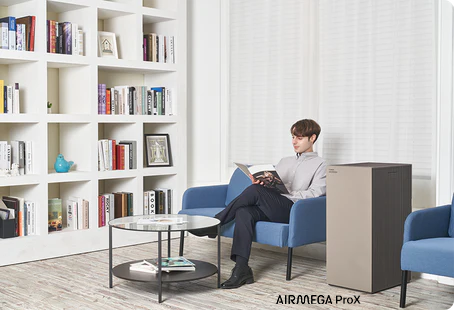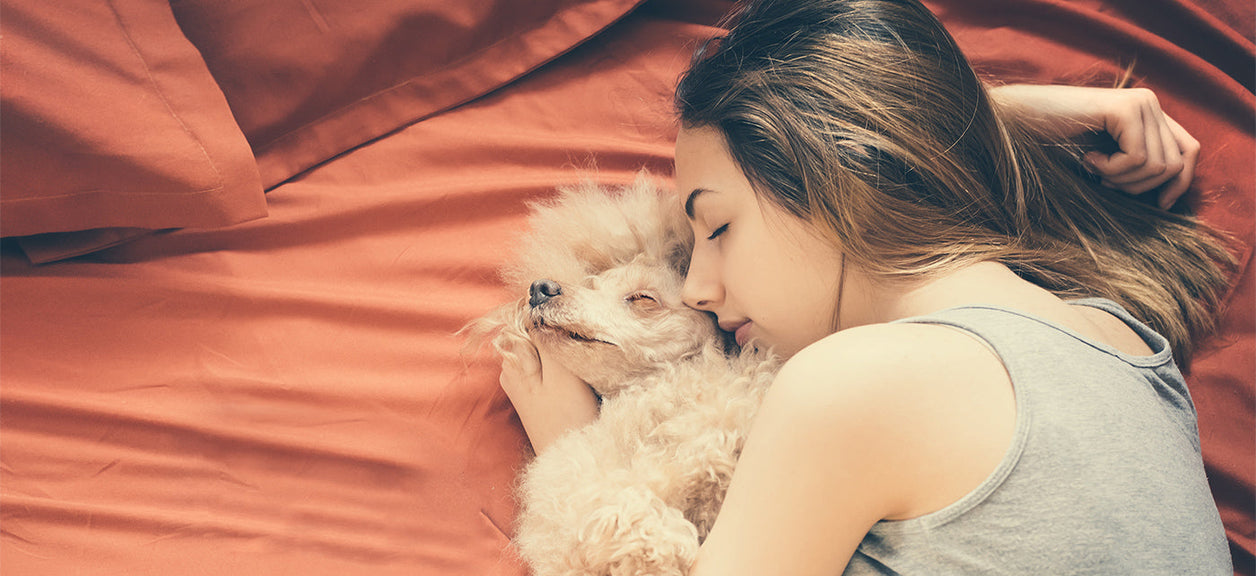
Which Dog Breeds are the Best and Worst for Your Allergies?
If you're considering adding a Pembroke Welsh Corgi to your family but struggle with allergies, you're not alone. Many prospective dog owners wonder if these beloved royal companions are considered hypoallergenic too. While their compact size might seem promising for allergy sufferers, understanding how corgis affect allergies is crucial before bringing one home. Let's explore what dogs are considered to be hypoallergenic dog breeds and discover which breeds might be better suited for those with allergies.
Are Dogs Really Hypoallergenic?
Who doesn’t love to cuddle with their favorite fluffy friend? Dogs are great companions, but can be a problem for those with allergies or asthma. While some people are allergic to dog fur, it tends to be pet dander or saliva that’s the culprit. However, the fur on your dog can be like a lightning rod for indoor allergens, giving them a place for these particles to collect, making your dog a walking (and cuddling) sneeze trigger.
Pet allergies affect many dog owners, and while some dog breeds are marketed as hypoallergenic breeds, allergy sufferers should understand that even hypoallergenic dogs can cause allergic reactions.
The truth about pet allergens goes deeper than just fur. The proteins found in a dog's skin cells, urine, and saliva are the primary triggers for allergic reactions. These microscopic proteins can become airborne when a dog sheds, drools, or even just moves around your home. For breeds like corgis with double coats, these proteins have more opportunities to spread throughout your living space.
Many people believe certain dog breeds are completely hypoallergenic, but this is actually a myth. While some breeds produce fewer allergens or shed less, no dog breed is completely allergen-free. The key differences lie in:
-
Shedding frequency and volume
-
Type of coat (hair vs. fur)
-
Size of the dog (larger dogs naturally produce more allergens)
-
Grooming requirements
-
Saliva production
Understanding these factors can help you make an informed decision about which breed might best suit your allergic sensitivities.
Best and Worst Dog Breeds for Allergies
There are no dogs that are 100% hypoallergenic, but hopefully our sneeze scale will help you decide which will be the best fit for your household. If you are thinking about adopting or rescuing a dog, a test period in your home can be a good way to find out how your allergies or asthma react to your potential new pet.
1. Best: Xoloitzcuintli

The best thing about these dogs for those with allergies is that they have very little fur to capture allergens. They are not a true hypoallergenic dog, but only one in five that are born with hair (due to hairlessness being a recessive gene), you’ll only find hair on a Xolo’s head, back, and tail.
Sneeze Scale: 1 out of 5
Fun Fact: This is one of the oldest dog breeds in the world at over 3,000 years.
Honorable mention: The Hairless Chinese Crested for its distinct lack of hair.
2. Best: Poodle

These fluffy dogs are known for having hair rather than fur, meaning less dander and no shedding. Their waterproof coat traps hair before it falls out, and tends to keep outdoor allergens from coming indoors on their coat. Because of this feature, they are a popular dog to cross breed, which is how we have goldendoodles, labradoodles, and oodles of other varieties.
Sneeze scale: 2 out of 5
Fun fact: Their fanciful (and sometimes froofy) follicles serve a purpose. Because these hunting dogs would frequently jump into freezing cold water, poodles needed hair around their joints and vital organs to keep them warm, but less hair everywhere else to prevent them from getting weighed down.
Honorable mention: The Portuguese Water Dog, which also sports a waterproof coat.
3. Best: Schnauzer

Despite its dapper facial hair, this bearded breed is known to produce less dander than other breeds. Less dander means less sneezing and itching for those with a pet dander allergy. Bonus points for the miniature schnauzer—their smaller frame means even less dander to worry about.
Sneeze scale: 3 out of 5
Fun Fact: Their name comes from the “schnauze,” which means snout or muzzle in German.
Honorable mention: The Bedlington Terrier. This lamb-like breed also produces very little dander.
4. Worst: St. Bernard
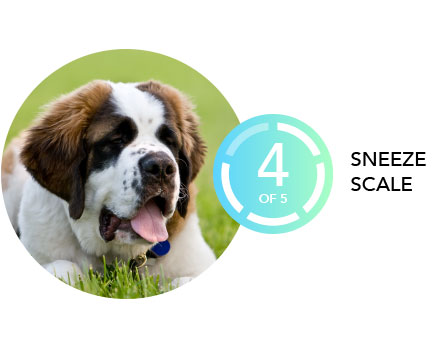
These gentle giants tend to be one of the slobberiest dogs, which can be a big dilemma for those allergic to dog saliva.
Sneeze scale: 4 out of 5
Fun fact: A representation of a St. Bernard named Barry can be found in the Natural History Museum in Berne, Switzerland to commemorate the dog that saved over 40 people in the Swiss Alps in the early 1800s.
Honorable mention: The similarly slobbery Bulldog breed.
5. Worst: Pembroke Welsh Corgi

Beloved by English royalty, corgis are prone to heavy shedding. This is due to their double coat, used to keep them warm while they would herd cattle and sheep year-round. Because of their smaller size, however, they have less total fur to shed, dropping them slightly on our sneeze scale.
Sneeze scale: 4 out of 5
Fun Fact: According to Welsh lore, fairies would ride corgis into battle. The white fur around a corgi’s neck, usually sandwiched between tan or black fur, is referred to as a fairy saddle.
Honorable mention: Boston Terriers are another small pup that can pack a punch. This breed is allergy-prone, which gives them itchy skin and watery eyes — a combo that’s less than ideal for allergy-prone humans.
6. Worst: Newfoundland

This breed has the trifecta of allergy-triggering traits. They exhibit year-round heavy shedding and constant drooling, plus, they have an extremely large body. This means more total hair and drool to deposit.
Sneeze scale: 5 out of 5
Fun fact: Captain Meriwether Lewis had a Newfoundland named Seaman that joined Lewis and Clark on their westward expedition.
Honorable mention: Also coming from chilly origins, Siberian Huskies have a thick double coat that perpetually sheds, along with a seasonal “coat blow” where an entire coat falls out to make way for the next season’s coat underneath.
Corgi Allergies: What You Need to Know
The Double-Coat Challenge
Despite their compact size, Pembroke Welsh Corgis are heavy shedders thanks to their distinctive double coat. This combination of a dense undercoat and weather-resistant outer layer was perfect for their original job herding cattle in Welsh weather—but not so perfect for allergy sufferers.
Seasonal and Year-Round Shedding
Corgi owners should know that these great family pets do shed moderately to heavily throughout the year. Both the Pembroke Welsh Corgi and the Cardigan Welsh Corgi have a double coat that requires weekly brushing and regular grooming
Expect two major shedding cycles each year, typically in spring and fall. During these times, corgis "blow" their undercoat, releasing a substantial amount of fur. But don't be fooled—these pups shed consistently throughout the year, not just during seasonal changes.
More Than Just Fur
While shedding is visible, it's not the only concern. Corgis produce the same allergy-triggering proteins as other breeds through their:
-
Skin cells (dander)
-
Saliva
-
Urine
Body Structure and Allergens
Their unique body shape plays a role too. Corgis have:
-
Loose skin around neck and chest
-
Low-to-ground stance
-
Active, energetic nature
This combination means they're particularly good at collecting and spreading allergens throughout your home, making them a challenging choice for allergy sufferers.
Managing Allergies with a Corgi
Essential Grooming Routine
Regular grooming is your first line of defense against corgi-related allergies. Establish a consistent schedule:
-
Brush your corgi outside 3-4 times per week
-
Professional grooming every 4-6 weeks
-
Use a deshedding tool during seasonal coat blows
-
Consider shorter trims during heavy shedding seasons
Creating an Allergy-Friendly Home
Your cleaning routine becomes extra important with a corgi:
-
Vacuum daily with a HEPA-filter vacuum
-
Wash pet bedding weekly in hot water
-
Keep your corgi out of bedrooms
-
Use washable slipcovers on furniture
-
Consider hard flooring instead of carpet
Air Purification: Your Most Powerful Tool
While grooming and cleaning help manage visible fur and other allergens, microscopic allergens require a more sophisticated solution. High-quality air purifiers with Green True HEPA™ filtration are essential for corgi owners, as they:
-
Capture 99.97²% of airborne allergens, including pet dander
-
Remove pet-related odors
-
Trap floating fur before it settles
-
Create allergen-free zones in your home
For best results, place air purifiers in:
-
Your bedroom
-
Living areas where your corgi spends the most time
-
Home office or other enclosed spaces
Medical Management Options
Even with perfect environmental control, you may need additional support:
-
Consult an allergist before getting a corgi
-
Consider allergy shots for long-term relief
-
Keep antihistamines on hand
-
Use nasal sprays as recommended by your doctor
-
Track your symptoms to identify trigger patterns
Alternative Breeds
Small Dogs with Less Shedding
If you love corgis but need a more allergy-friendly option, consider these small breeds that produce fewer allergens:
-
Miniature Schnauzer - Alert and spirited with a wiry, low-shedding coat that's easy to maintain
-
Yorkshire Terrier - Feisty and confident lap dog with hair similar to human hair that barely sheds
-
Bichon Frise - Cotton-ball fluff with a merry personality and powder-puff coat that catches loose hair
-
Maltese - Gentle and affectionate companion with silky white hair instead of fur
-
Havanese - Smart and silly pup with a luxurious coat that rarely drops hair
How They Compare to Corgis
These breeds offer several advantages for allergy sufferers:
-
Single-layer coats instead of corgi's heavy double coat
-
Hair rather than fur, which sheds less
-
Less dander production
-
Smaller size means fewer allergens overall
-
Similar loving personalities without the heavy shedding
Test Before You Commit
Before adopting any dog, including "hypoallergenic" breeds:
-
Spend several hours with the breed you're considering
-
Visit the breeder or shelter multiple times
-
Consider a trial period if possible
-
Pay attention to how your allergies react in different environments
-
Remember that individual dogs within the same breed can trigger different reactions
Always work with reputable breeders or shelters that allow you to interact with the dog before making a final decision. This helps ensure both you and your new companion will have the best possible experience together.
While some dogs are more allergy-friendly than others, no matter what breed of dog you may have, you may need to take extra measures to keep your air clean. Deep clean your carpet and upholstery seasonally, become best friends with your broom and vacuum cleaner, and use a HEPA air filter to ensure that 99.97 percent of particulate matter is removed from the air in your home.
Disclaimers
1Coway air purifiers have been proven to trap dust, pollen, dander, viruses and bacteria in the air based on KCL (Korea Conformity Laboratories) testing.They have been tested in a 30㎥ size chamber according to the Korea Air Cleaning Association standard (SPS-KACA 002-132:2022 Modified) to measure the 0.01㎛ size of particle removal rate. It was tested on maximum airflow speed in normal room temperature and humidity conditions. The performance may vary in the actual living environment of customers.
→ Tested with Airmega Aim, 50, 100, 150, 160, Tower AP-1216L, Mighty AP-1512HH, MightyS AP-1512HHS, 200M, Icon, IconS, 230, 240, 250, 250 Art, 250S, 300, 300S, 350, 400, 400S, 450, ProX
299.97% of viruses, bacteria, fungi and pollen were verified to be removed from the air for Coway air purifiers which have Green True HEPA™ filter applied based on the Japan Food Research Laboratories(JFRL) testing according to JEM 1467 standard.
→ Tested with Coway Airmega Mighty AP-1512HH, MightyS AP-1512HHS, 250, 250 Art, 250S, 300, 300S, 400, 400S
→ All tested by JFRL and received above result within below time.
4The concentration of ammonia, acetaldehyde and acetic acid were proven to be removed within 30 minutes by FCG Research Institute, Inc. Human Life Science Lab. It is not a demonstration result in the actual use space. Not all odors and gases may be supported. → Tested with Coway Airmega 150, 160, Mighty AP-1512HH, MightyS AP-1512HHS, 400, 400S
5The coverage area of the air purifier is based on an area where the air cleaner can make two air changes per hour (ACPH). An air change per hour translates to how many times an air purifier can clean an area, assuming the height of a ceiling to be 8 ft, in one hour. Therefore ** means two air changes per hour means that the cleaner can clean the area once every 30 minutes and * means air changes per hour means that the air purifier can clean the area once every 60 minutes.
10Terms and conditions apply. Discounts, including promotions, coupons, bundle discount and subscription discount, cannot be stacked on top of other coupons. During promotional periods, discount codes will not be able to be applied to orders. Promo codes may apply to products only—filters, accessories, and new products within 3 months of the release date are not included.
11Based on Coway R&D internal laboratory testing, activated carbon filtration was shown to remove up to 95% of ammonia odors within 40 minutes, and up to 99% of fecal odors within 20 minutes. Actual performance may vary depending on usage conditions.
